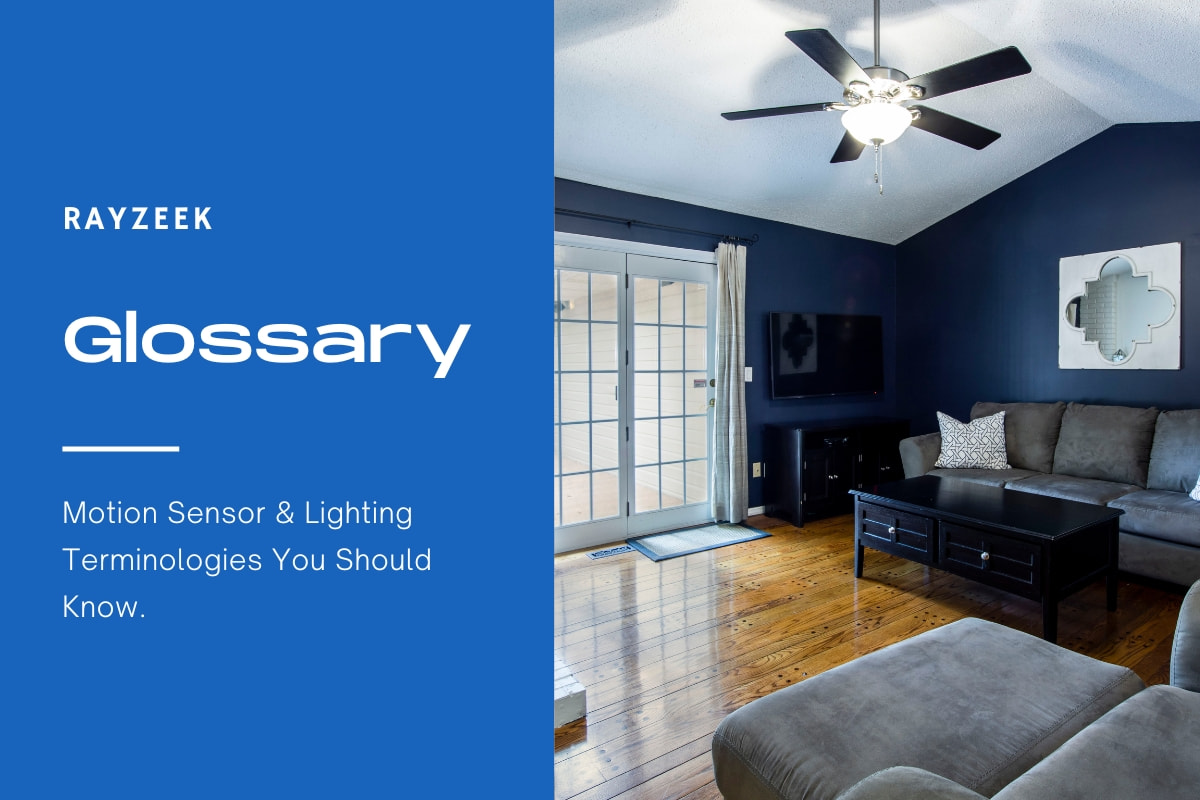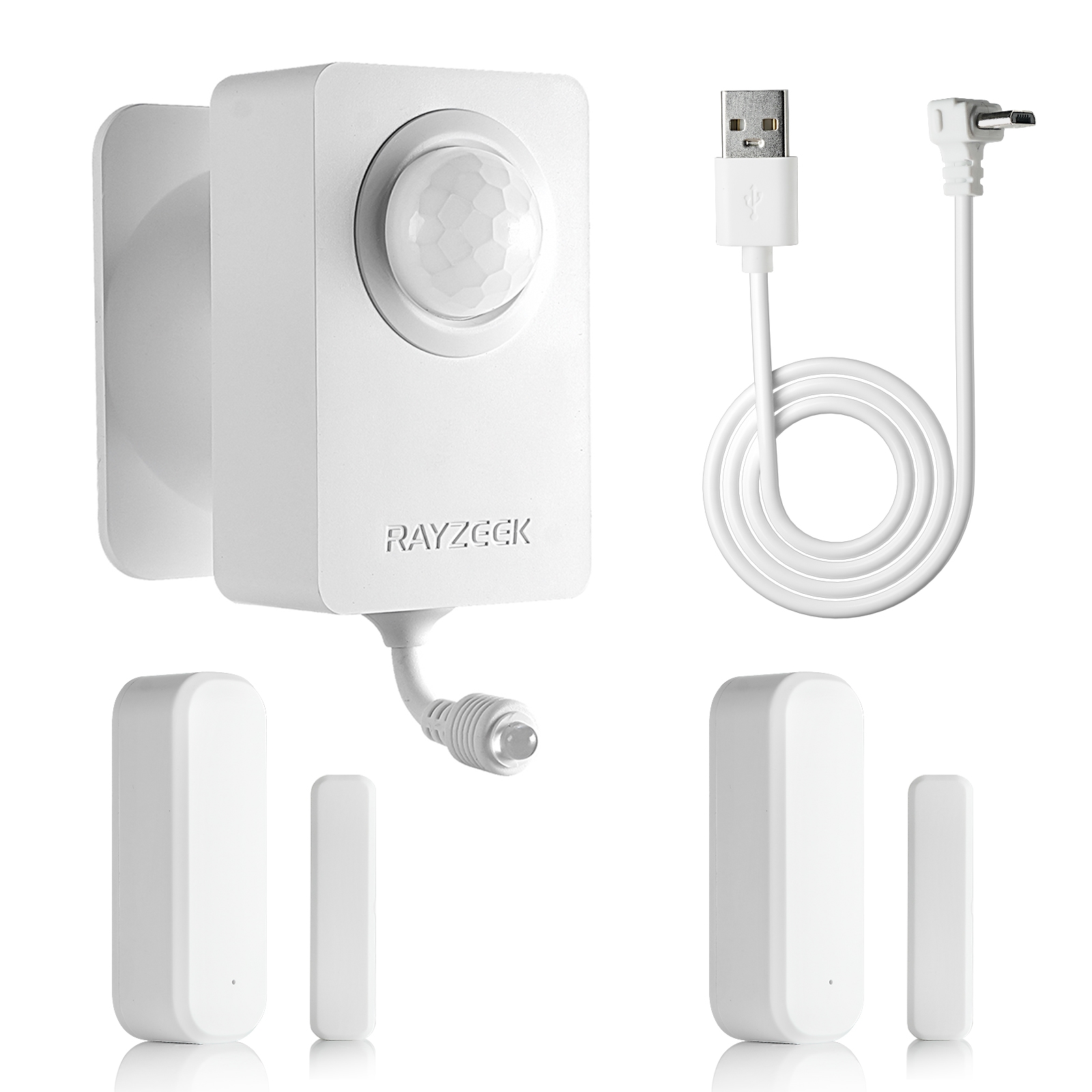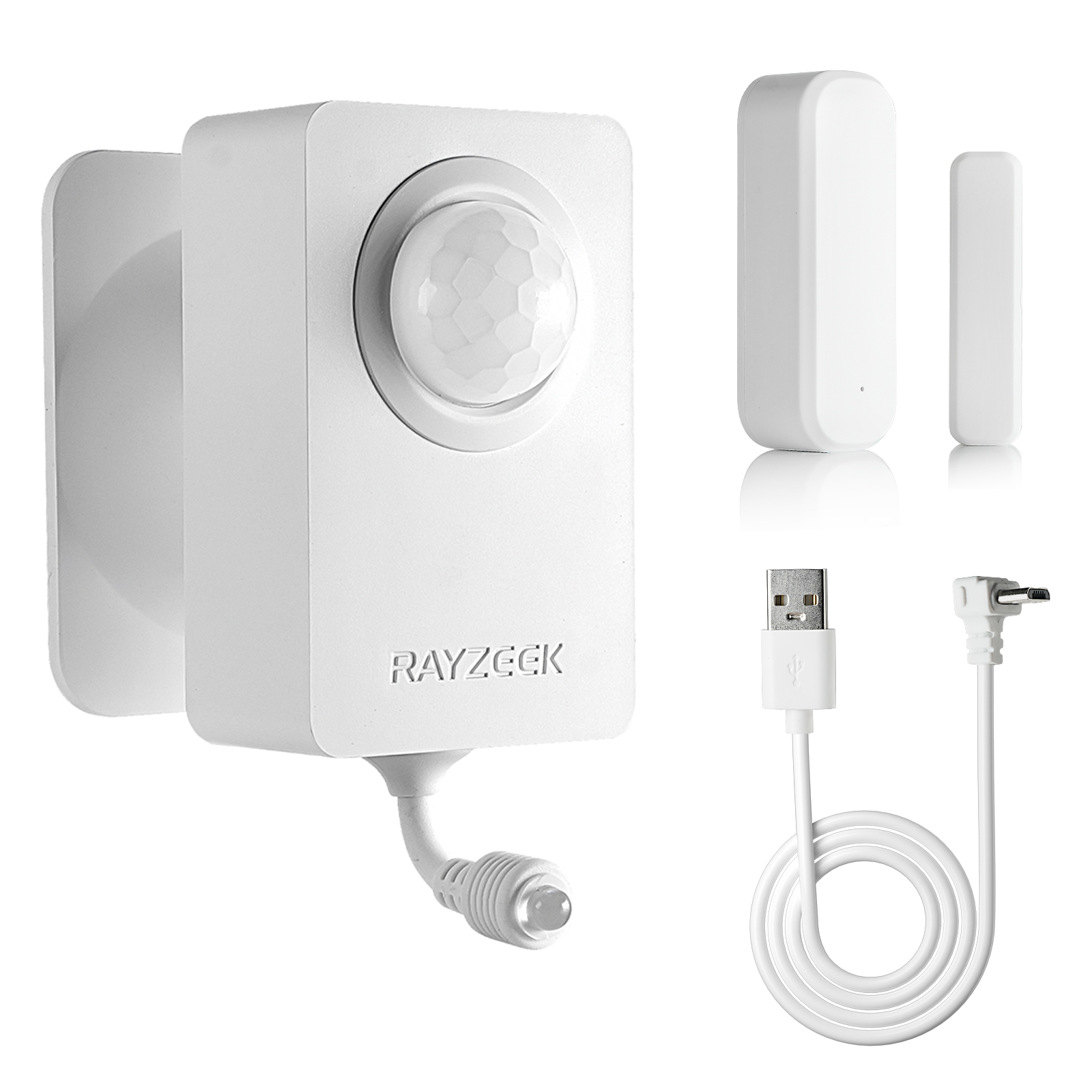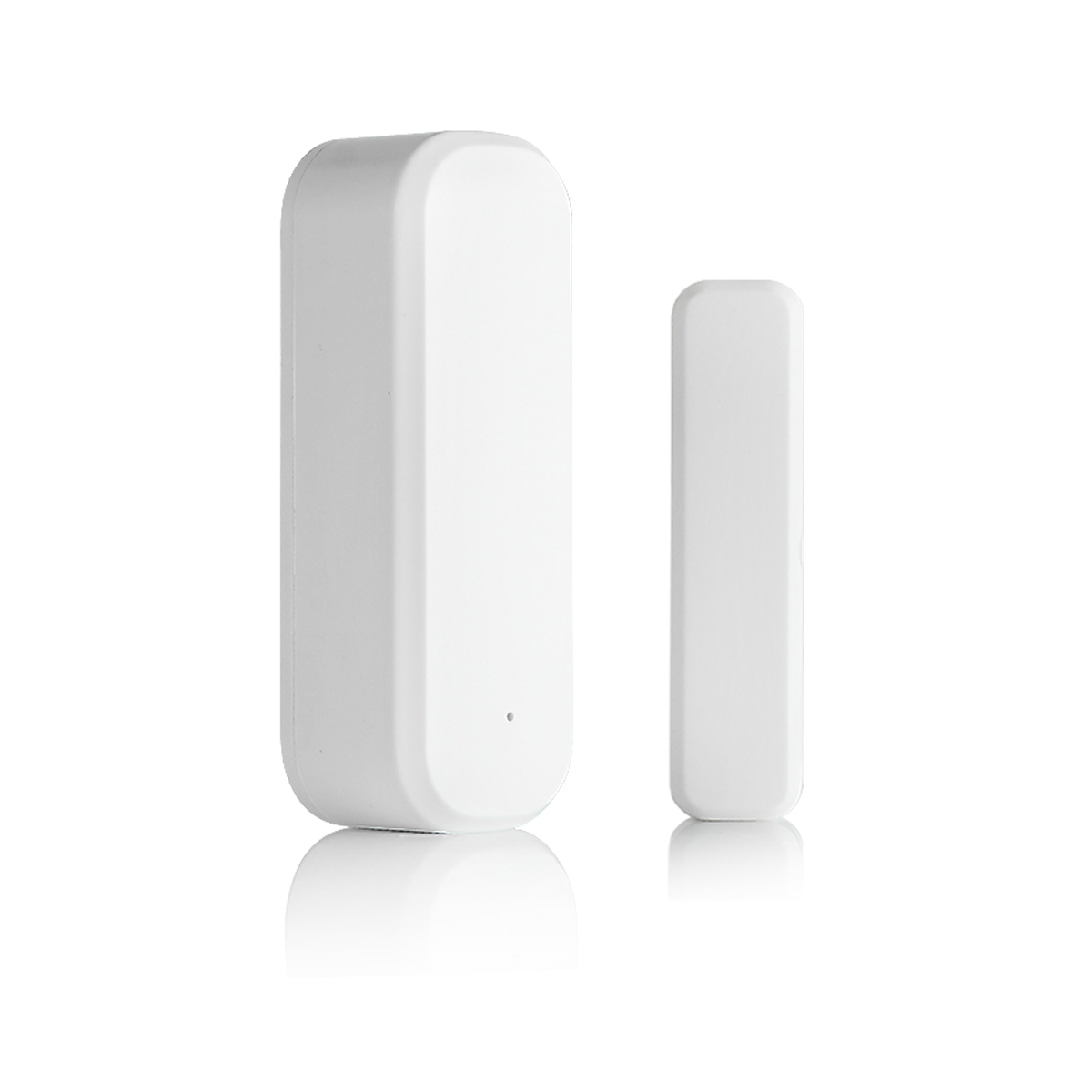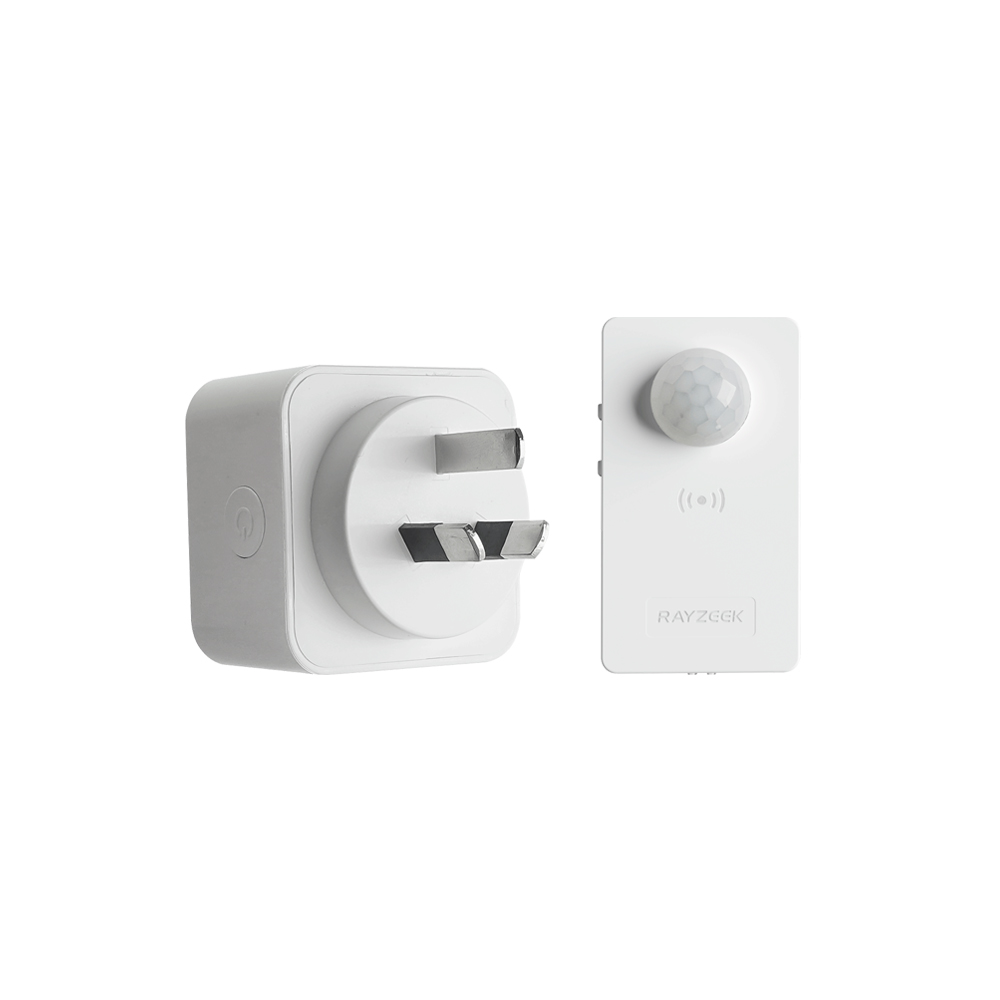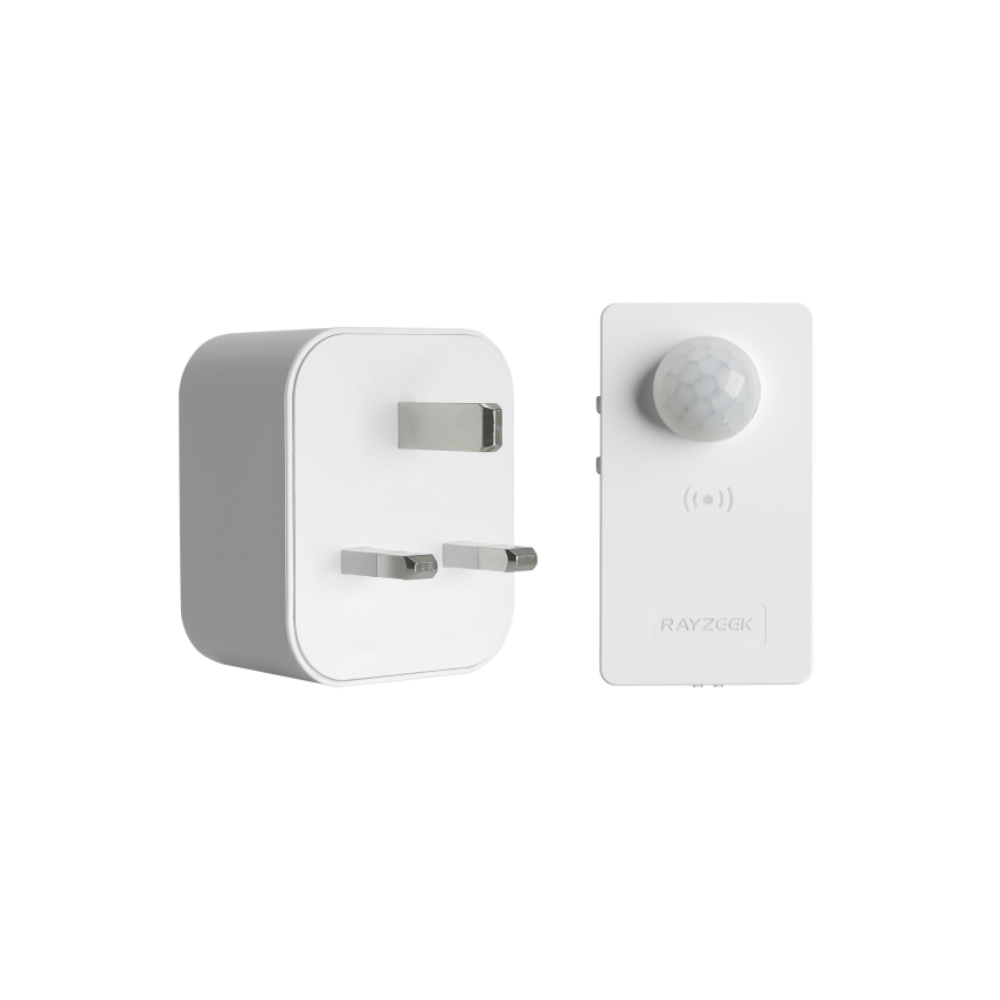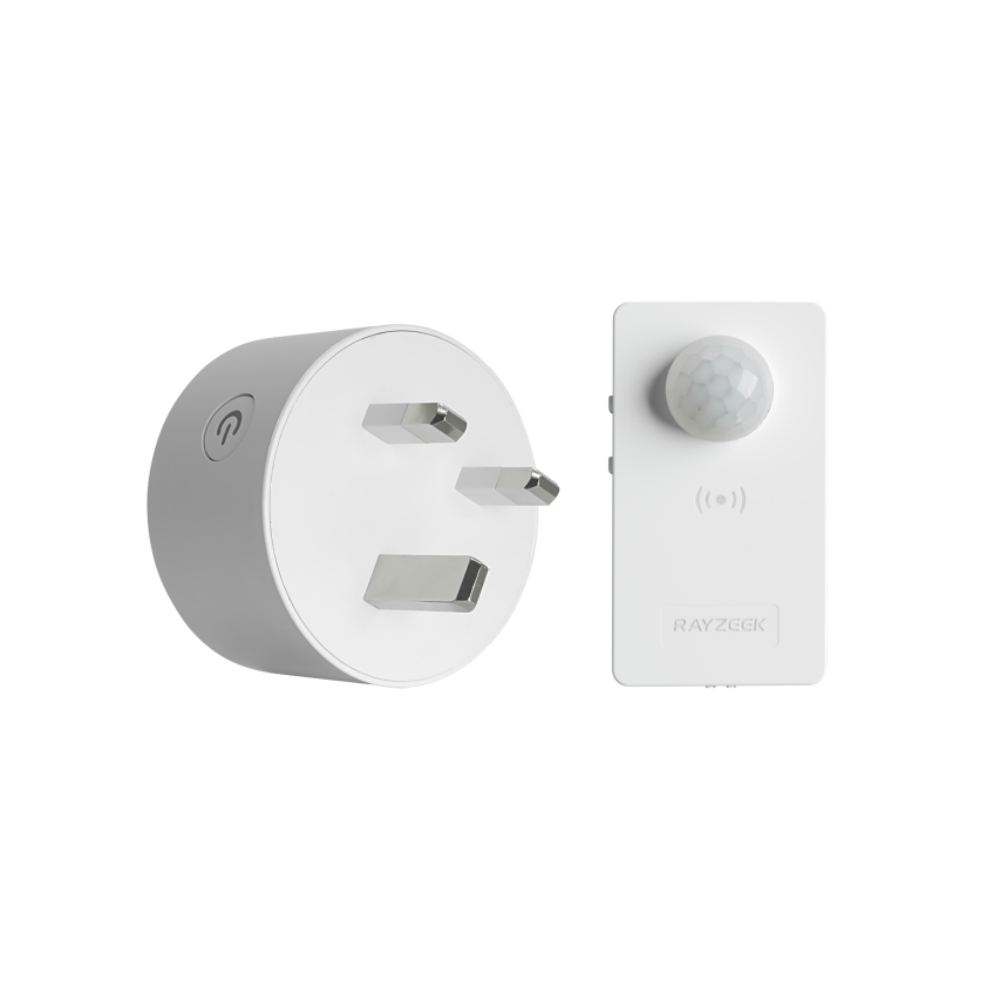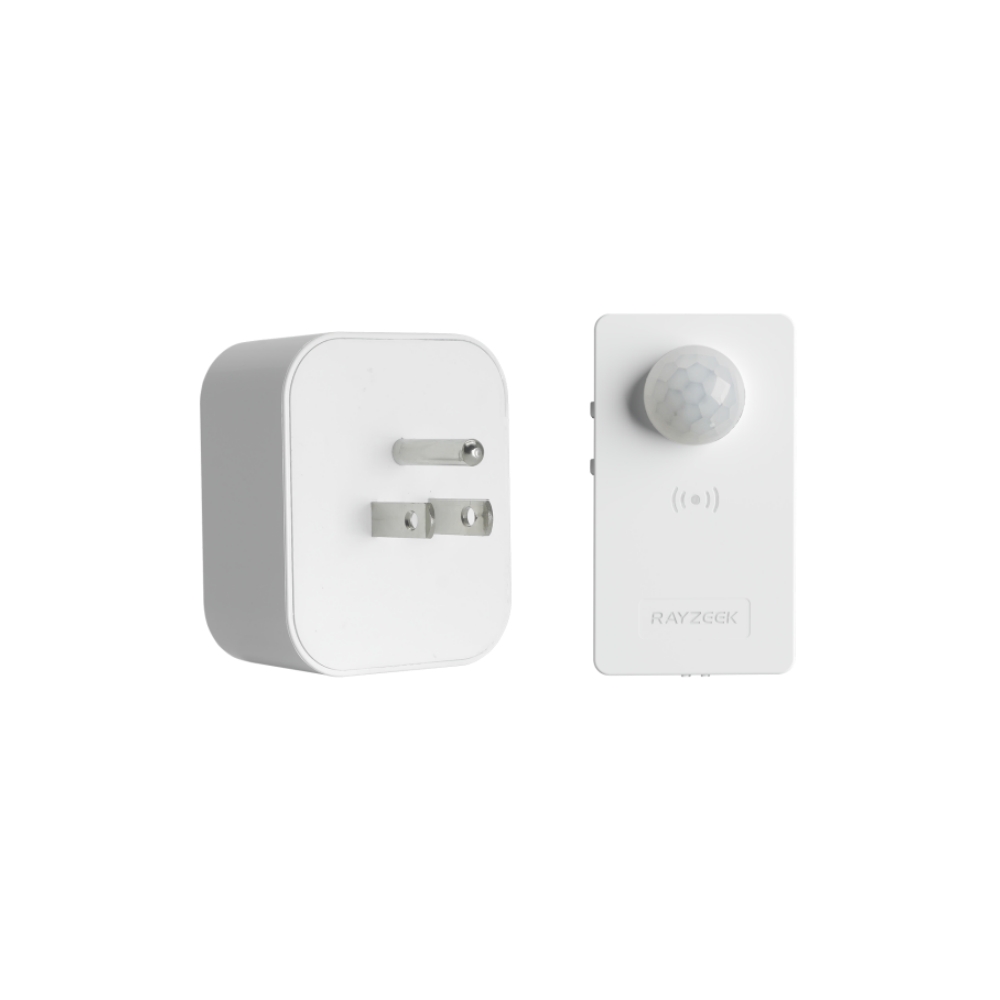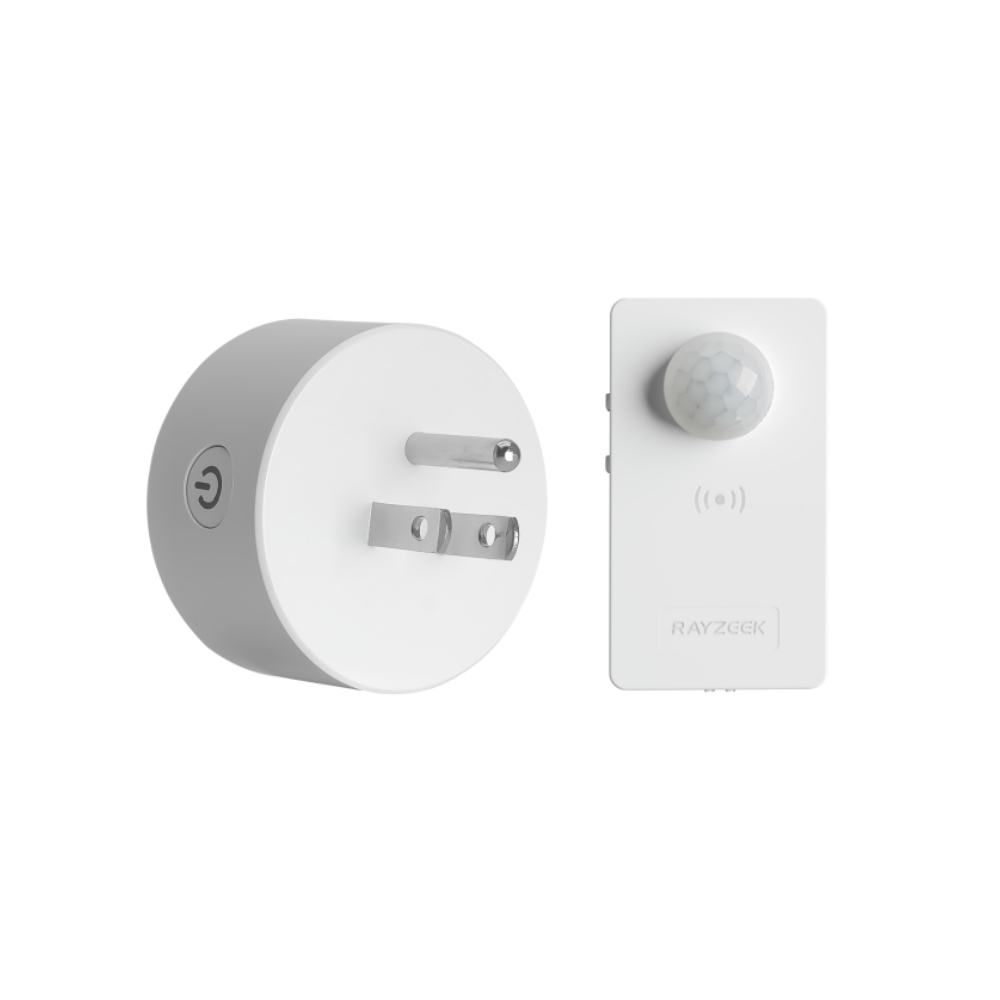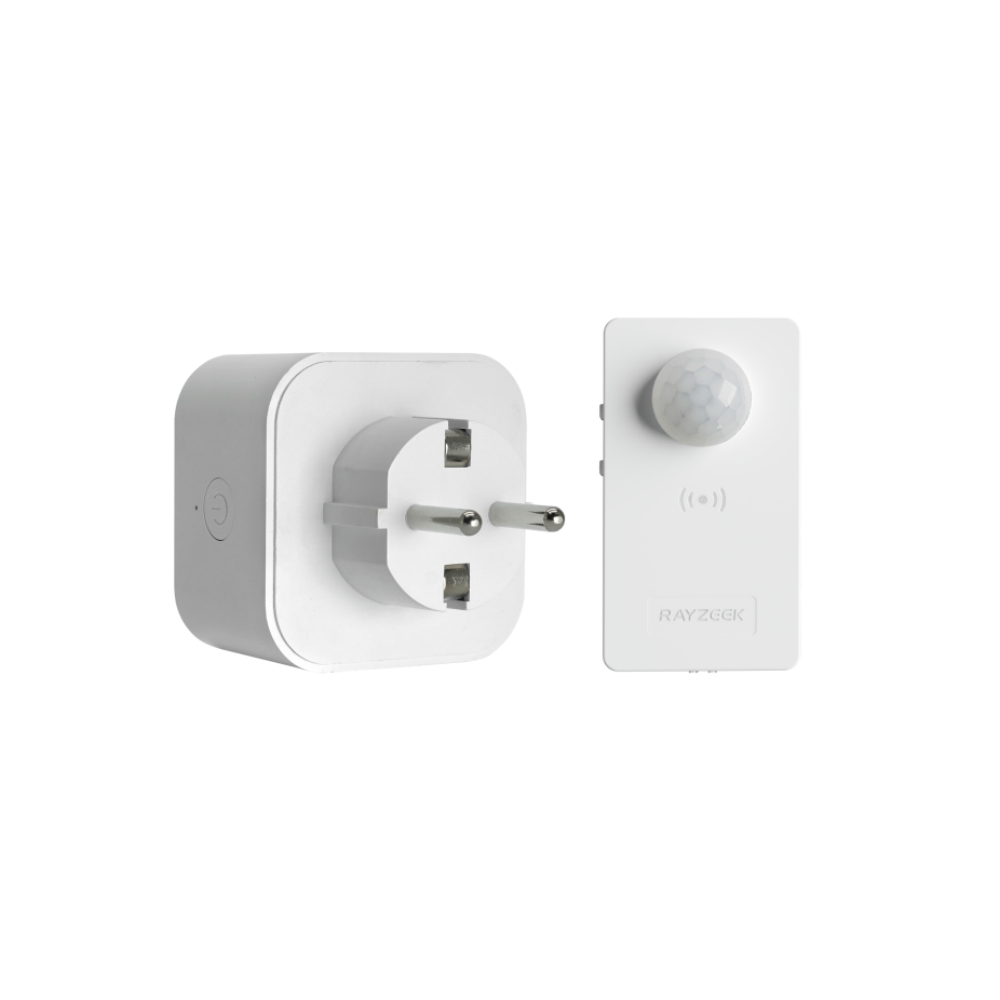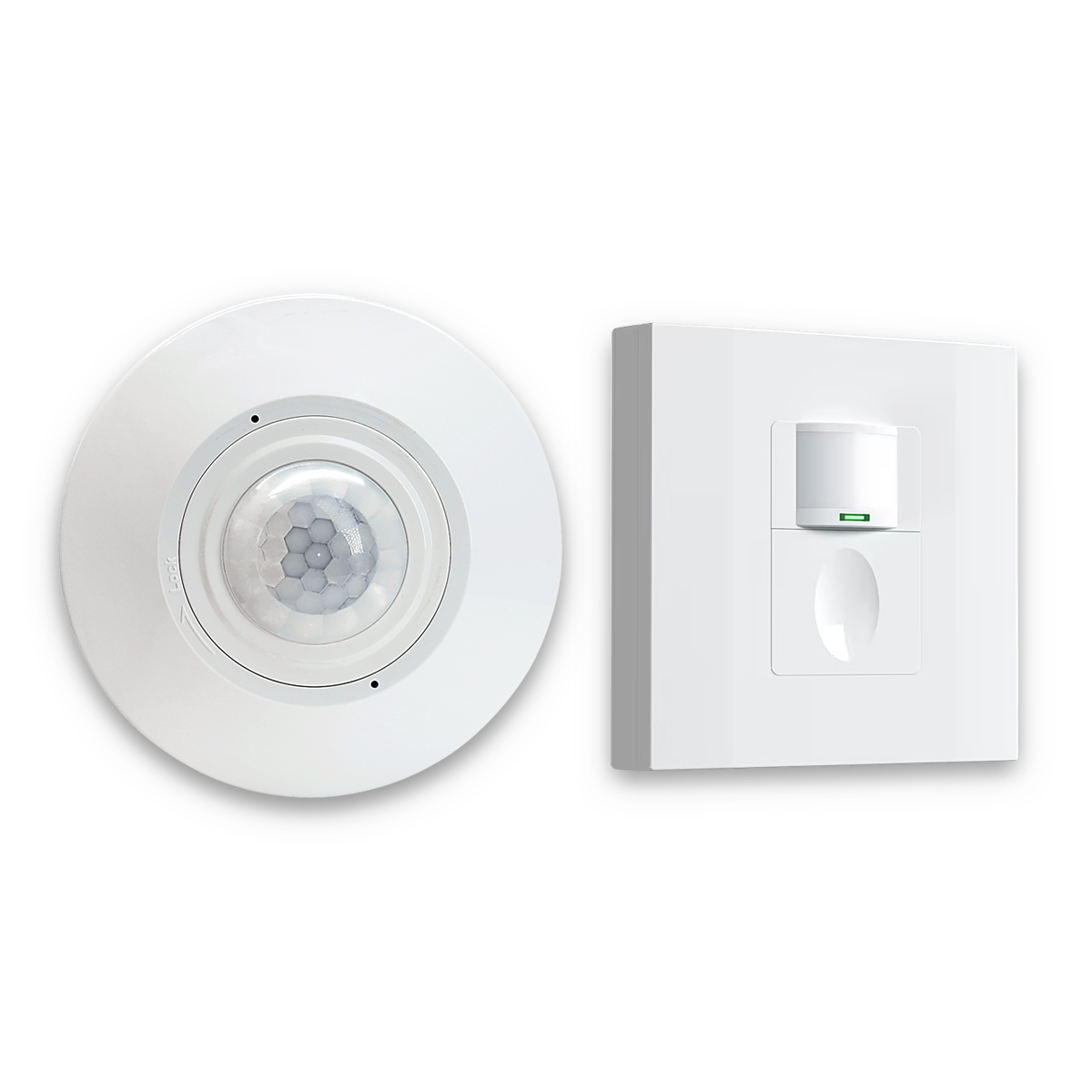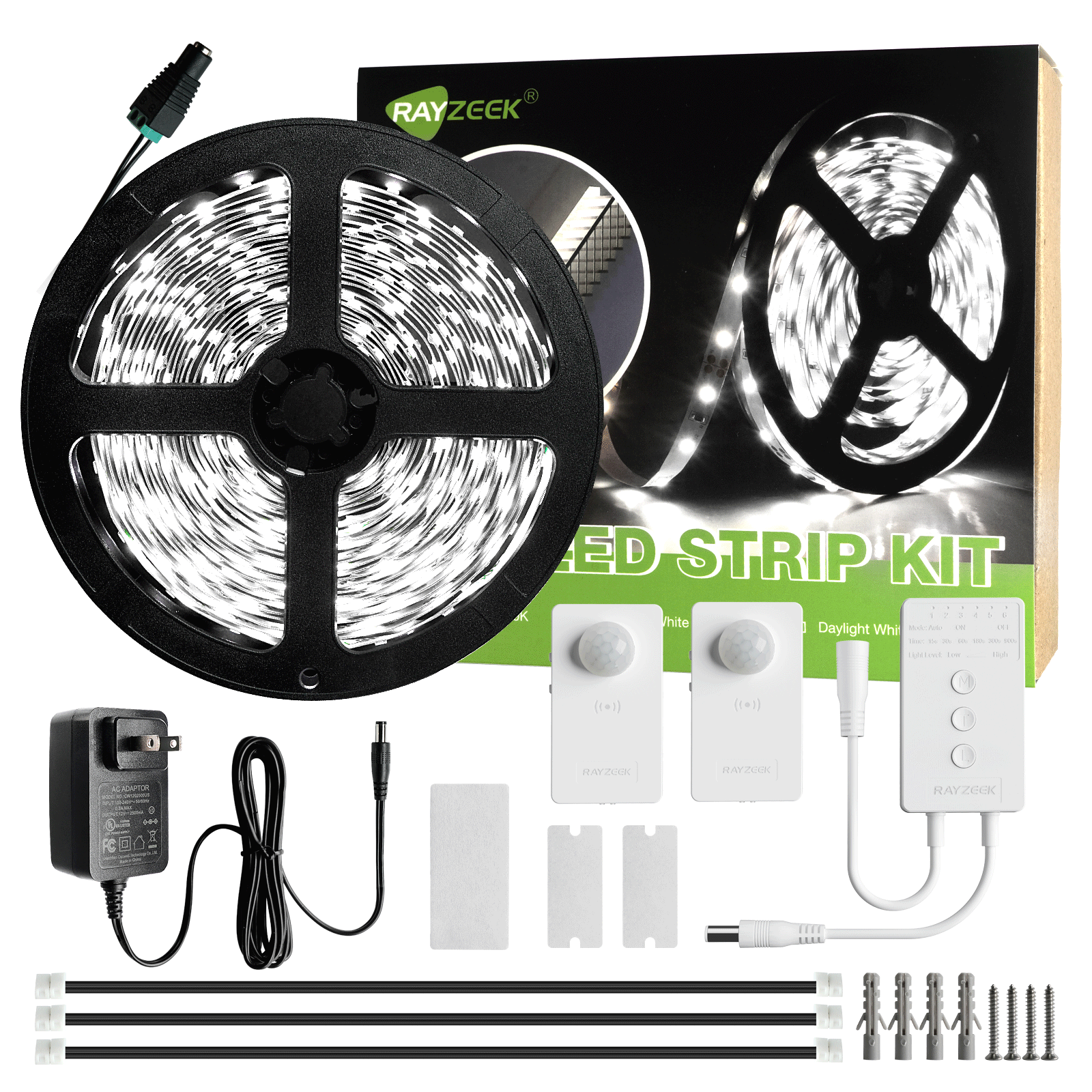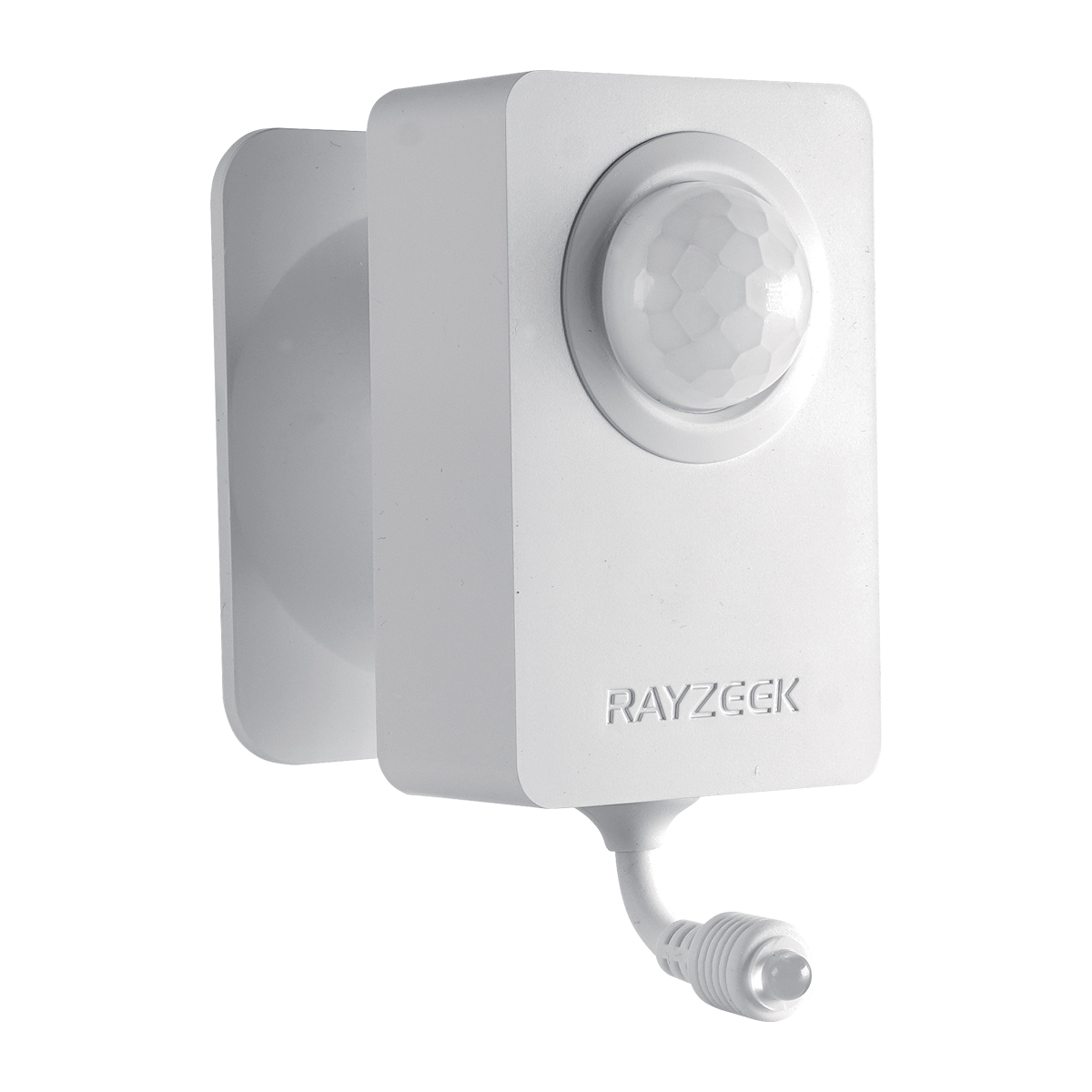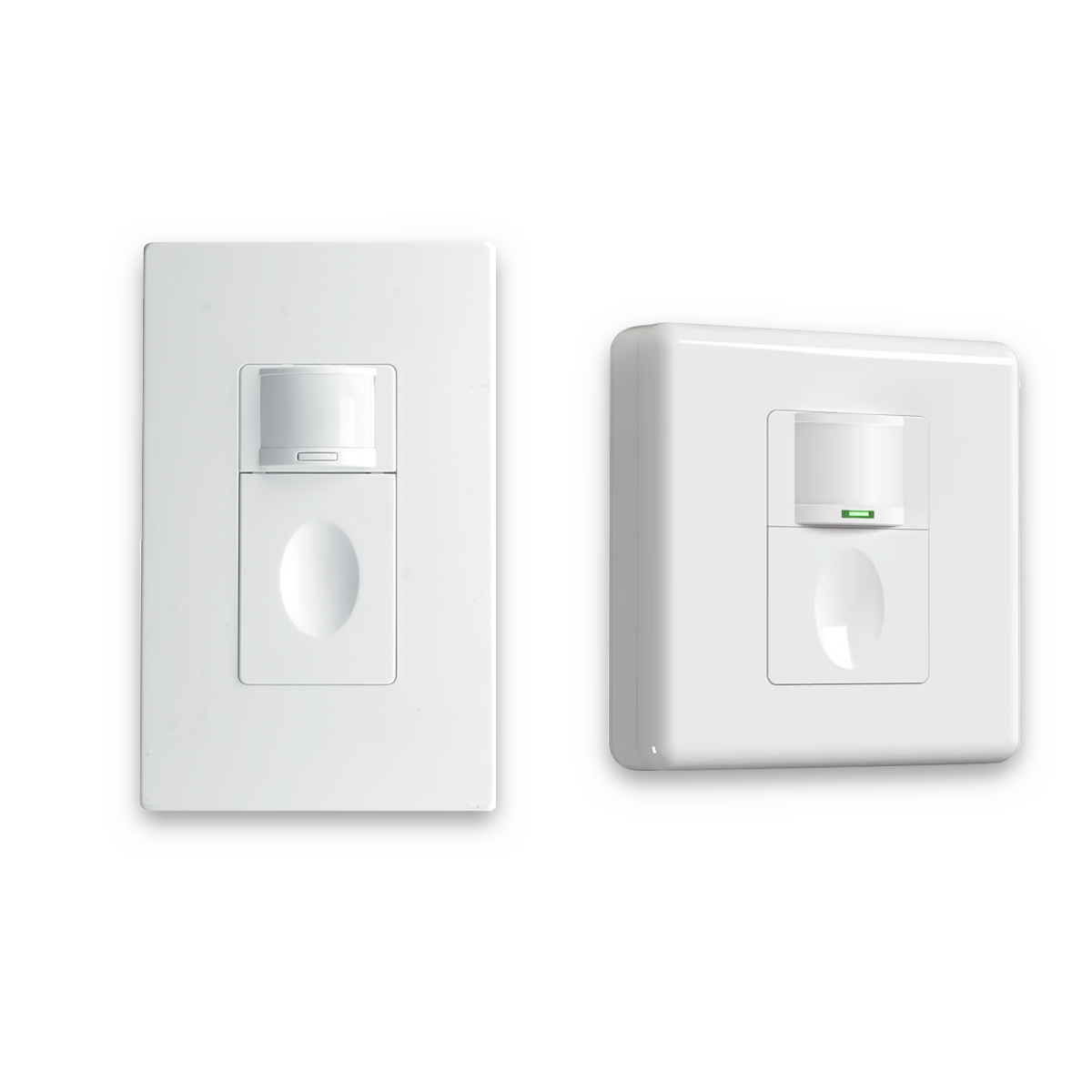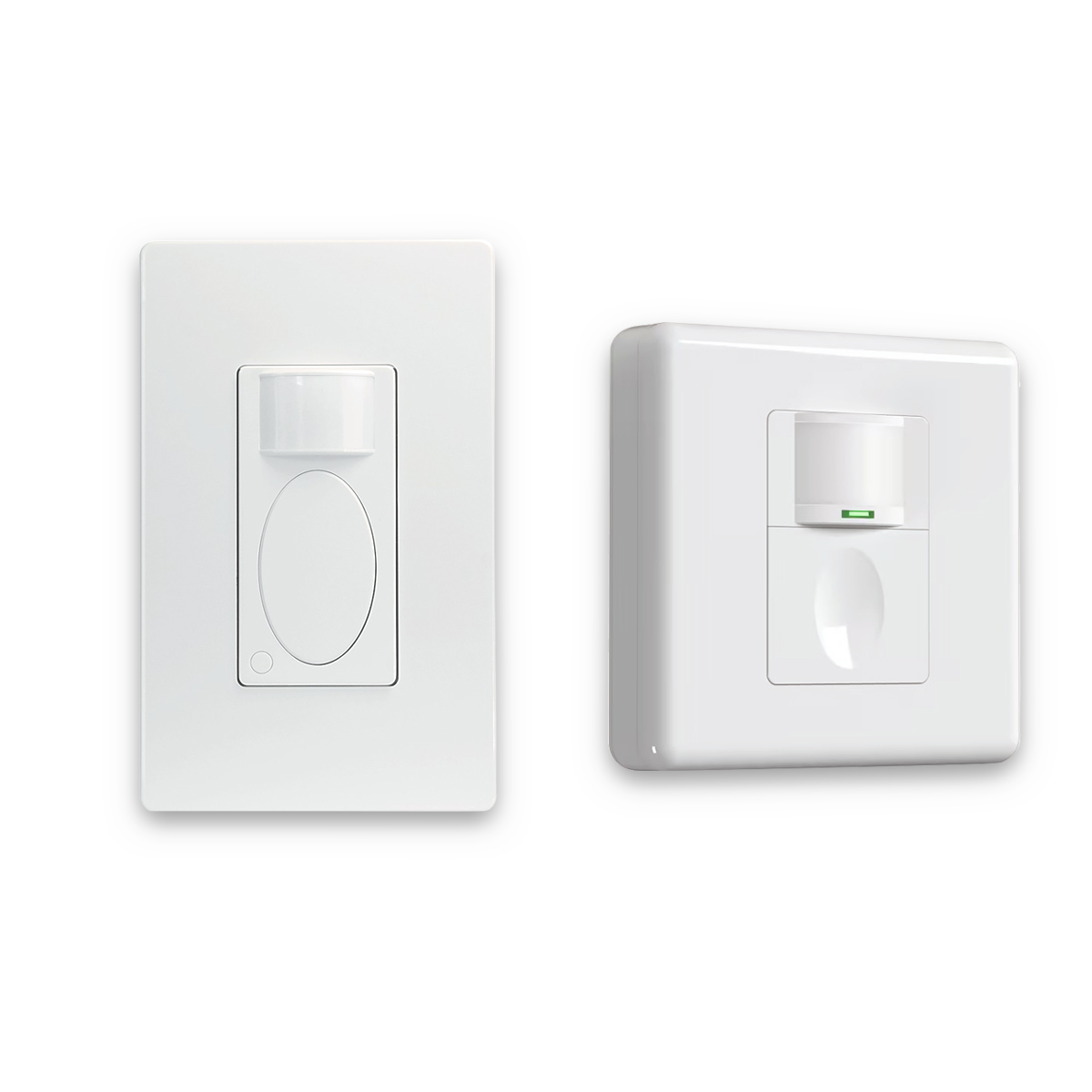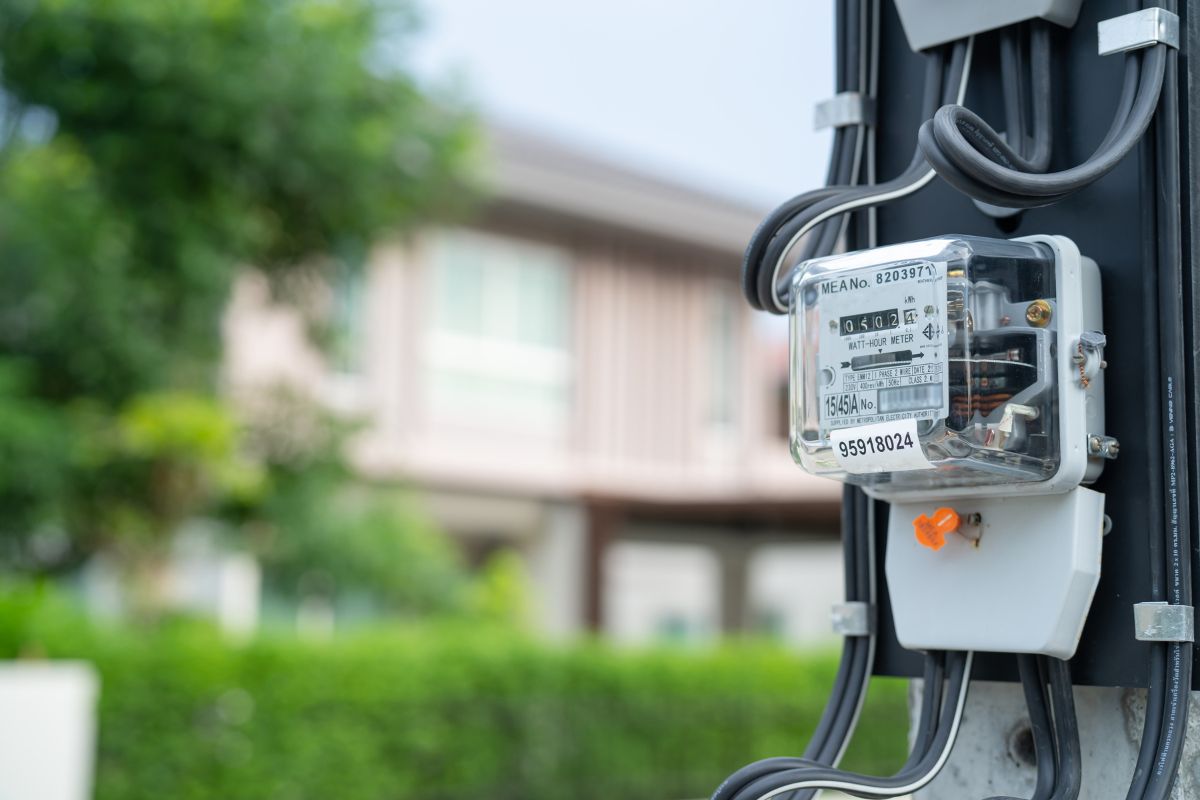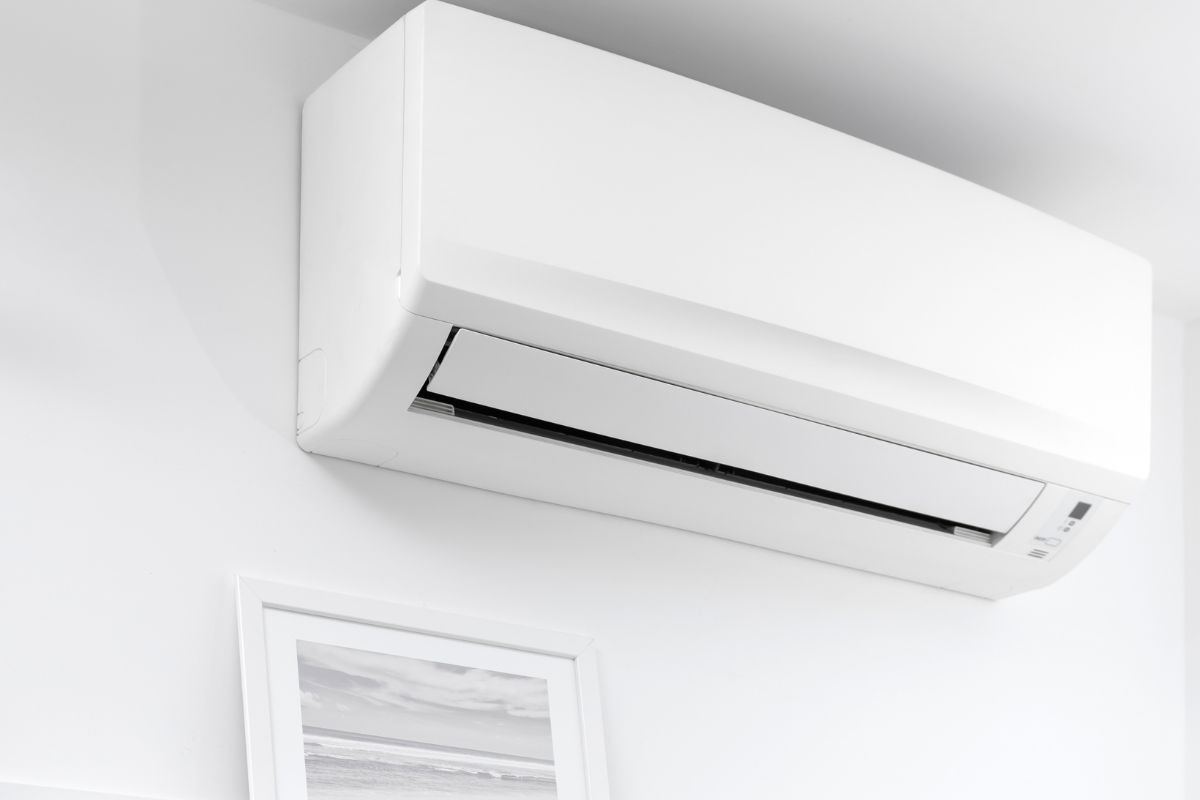What is Light Quality
Light quality refers to the characteristics of light that determine its visual appearance, impact on the environment, and perception by individuals. It encompasses various factors that contribute to the overall aesthetic and effectiveness of lighting. One important aspect of light quality is the size of the light source relative to the subject. A larger light source produces softer and more diffused light, while a smaller light source creates more focused and directional lighting. This size difference affects the distribution of light and the shadows it creates, ultimately influencing the mood and atmosphere of a space.
Different light sources emit light at different wavelengths, and the distribution of these wavelengths determines the color appearance of objects under the light. The spectral distribution can be measured using metrics such as the Correlated Color Temperature (CCT) and the Color Rendering Index (CRI). CCT describes the color appearance of light, ranging from warm (yellowish) to cool (bluish) tones, while CRI measures how accurately a light source renders colors compared to a reference light source.
In addition to size and spectral distribution, other factors contribute to light quality. Glare, for example, is considered a negative aspect of light quality. It refers to excessive brightness or contrast that causes visual discomfort or impairs visibility. Harsh lighting conditions with high levels of glare can be fatiguing and reduce visual clarity.
Maybe You Are Interested In
The overall quality of light can be affected by factors such as flicker, color consistency, and color stability. Flicker refers to rapid and repeated changes in light intensity, which can be perceived as distracting or even cause health issues for some individuals. Color consistency refers to the ability of a light source to maintain consistent color appearance over time, without significant color shifts. Color stability refers to the ability of a light source to maintain its color characteristics under different operating conditions, such as changes in temperature or voltage.
Looking For Motion-Activated Energy-Saving Solutions?
Contact us for complete PIR motion sensors, motion-activated energy-saving products, motion sensor switches, and Occupancy/Vacancy commercial solutions.
Light quality is a subjective concept and can vary depending on the specific application and user preferences. What may be considered good light quality in one context may not necessarily be the same in another. A general consensus among lighting professionals is that good light quality allows users to see what they need to perceive quickly and easily without experiencing any visual discomfort. It enhances visual comfort, visual acuity, and color perception, ultimately contributing to a positive lighting experience.

